Ensure the safety of your children at home with our Ultimate Childproofing Checklist, including common choking and suffocation risks, water safety, safety gates, locks, windows, drawers & more!
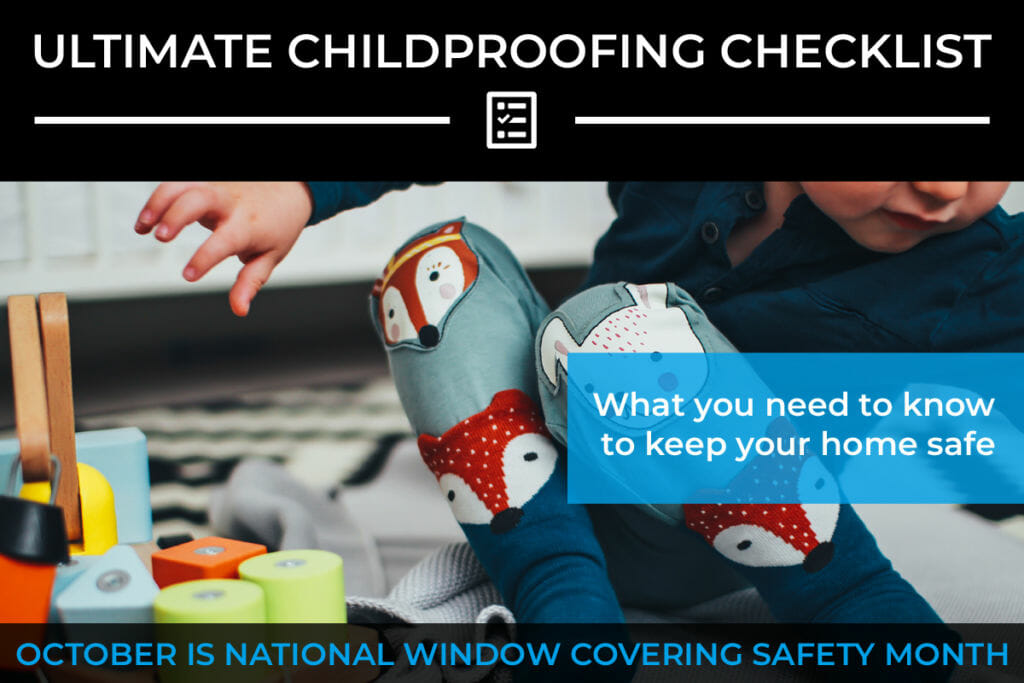
October is National Window Covering Safety Month
Here at 3 Blind Mice, safety is always our number one priority, especially child safety. If you read our last post about the Top 4 Child Hazards In The Home, you might be wondering what else you can do to childproof your home. We covered a few hidden hazards with water, swallowing and choking, tipovers, falls, and windows. In this post, we’re creating a child/babyproofing checklist you can use to improve kid safety in your home.
What do you need to childproof your home?
As a parent, it’s your job to keep your children safe, and you’re probably already doing a lot to ensure safety for your kids. Child safety is essential for keeping your kids safe and for your peace of mind. If you know you’ve done everything you can to make your home as safe as possible, you can live each day with a little less worry about what might go wrong if you look away. This is especially true for small children’s parents, but it’s true for households without kids too. Child safety is important for grandparents, aunts, uncles, babysitters, friends—anyone whose home may have kids as visitors will benefit from this information.

How do you ensure the safety of a child?
One of the most important safety rules is simply supervision. No matter how many steps you take to create safety at home for kids, children have a way of finding new and creative safety hazards the moment you look away. This is especially true around water and in new environments outside the home.
Of course, it’s not practical to have your eyes on your children for every waking (and sleeping!) moment. This list is intended to help you reduce risks in your home and eliminate or childproof common safety hazards to help your kids stay safe even when you’re not looking. It’s essential to remember that no amount of childproofing is an appropriate substitute for adequate supervision.
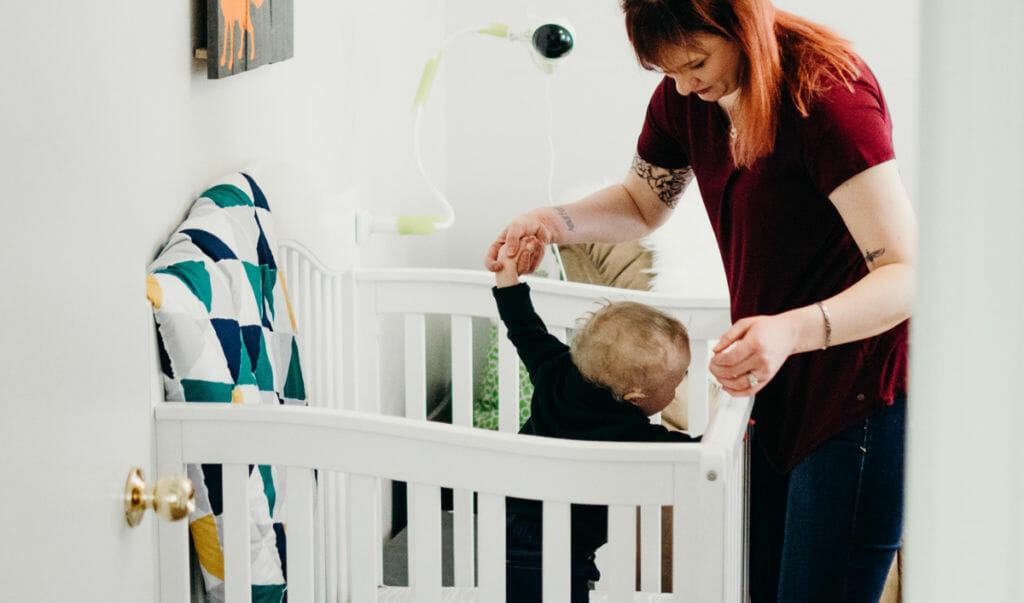
How do you childproof your home?
Childproofing your home is all about seeing things through the kid’s eyes, predict injury, avoid illness, and prevent harm. As caregivers, we often overlook things that can be common child safety hazards. Finding and eliminating these risks can be a daunting task. You can hire a baby proofing professional to handle this process for you through the International Association for Child Safety (IAFCS). The network of professionals can help you find an expert in California —or anywhere else in the country!
Fortunately, there are also many resources online to help you to childproofing your home. You can start here with our Ultimate Childproofing Checklist!
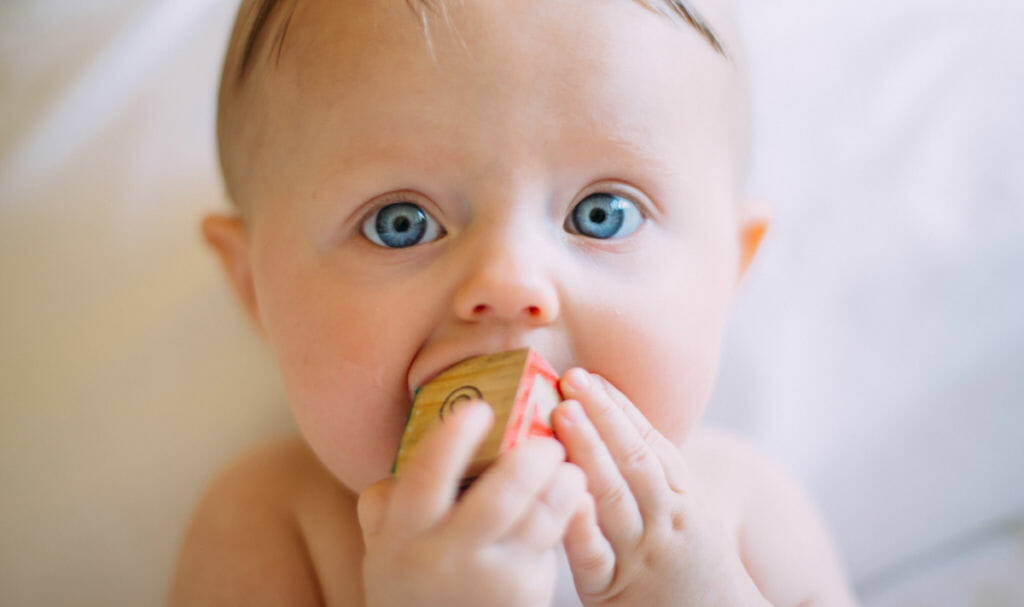
#1 – Remove Choking Hazards
Babies and young kids love to explore and learn new things. Parents know that the first place a newly discovered object usually goes is into the child’s mouth. Comb through your house and make sure the following are out of reach:
- Food: According to the Centers for Disease Control and Prevention, many foods that are served whole, uncooked, or in certain shapes can be choking hazards. Look out for:
- Uncut cherry or grape tomatoes
- Uncut grapes, berries, cherries, or melon balls
- Hot dogs and sausages
- Large chunks of cheese, especially string cheese
- Chunks of peanut butter
- Hard candy, gummy candies, chewing gum, and marshmallows
Find the complete list from the CDC here »
- Batteries: Swallowed batteries can cause severe injury or even death. In addition to choking, a battery caught in the esophagus can create an electrical current in the body, and hydroxide, an alkaline chemical, can cause tissue burns that can be fatal. Look in your home for any items that may contain coin-sized button batteries and place devices out of sight and out of reach of small children. Keep loose or spare batteries locked away. Be mindful of toys belonging to older children in the home that might contain button batteries. Learn more from the National Safety Council »
» » If you suspect someone has ingested a button battery, call the 24-hour National Battery Ingestion Hotline at (800) 498-8666
- Magnets: Small, powerful magnets, if swallowed, can attract inside the body and block, twist, or tear the intestines. Make sure magnets are out of reach of small children, and if you think your child has swallowed a magnet, seek medical attention immediately.
- Toys: Many toys and games, especially those belonging to older kids and adults, have parts that are not suitable for young children. Collect small pieces like ping pong balls, Lego figures and blocks, action figures, board game pieces, and dice. Make sure to discard all packaging and packing materials after opening a toy. Plastic wrap can be a suffocation danger, and sharp plastic edges from hard packages can create cuts and scrapes.
Other small items around the home: This includes latex balloons, coins, marbles, pen or marker caps, small balls, medicine syringes, hair batteries, beads, and other craft supplies. A “Small Object Choking Tester” or “choke tube” is a product designed to see what objects are small enough to be choking hazards to children. If an item fits in the tester, then it is too small for children to play with.

#2 – Prevent Suffocation
Removing the choking hazards listed above can help prevent suffocation. You should also pay attention to where and how your baby sleeps to reduce suffocation risk.
- Sleep Safety: Place your baby to sleep on a firm sleep surface and make sure that the crib mattress is a snug fit within the crib so your child cannot become trapped between the mattress and the crib. Make sure you use a crib that meets current safety standards and stay up-to-date on crib recall notices. Do not put stuffed animals or pillows in the crib, and don’t let pets get into or sleep in the crib. Keep loose bedding, soft objects, or any objects that could increase the risk of suffocation, strangulation or entrapment out of the crib, and this includes crib bumpers. Your baby should sleep in the same room as you, but not the same bed. Find these and more sleep safety tips from healthychildren.org »
Household Safety: Be very careful with thin plastic, such as shopping bags, dry-cleaning bags, food storage bags, garbage bags, and plastic shipping materials. Larger pieces of plastic can pose a suffocation risk if your child puts them over their head or mouth. Smaller pieces can be swallowed and become trapped in the throat. Make sure all thin plastics are kept out of reach. Tie knots in shopping bags before throwing them out or recycling.
According to the St. Lous Children’s Hospital, uninflated balloons and pieces of broken balloons are particularly hazardous because of the way they can stretch and mold to a child’s throat, making it impossible to breathe. Balloons are also tough to remove from a child’s mouth or throat because of their smooth, slippery texture. Usual first-aid methods, like back slaps, the Heimlich maneuver (abdominal thrusts), or finger sweeps of the child’s mouth often do not work.
Prevention is the best way to keep a child from choking on a balloon. Latex balloons are not recommended for children younger than eight years old. If a balloon breaks, collect the pieces immediately and dispose of them out of children’s reach. Shiny foil balloons, commonly known as Mylar balloons, can be a safer choice, but adult supervision is recommended with any balloon.
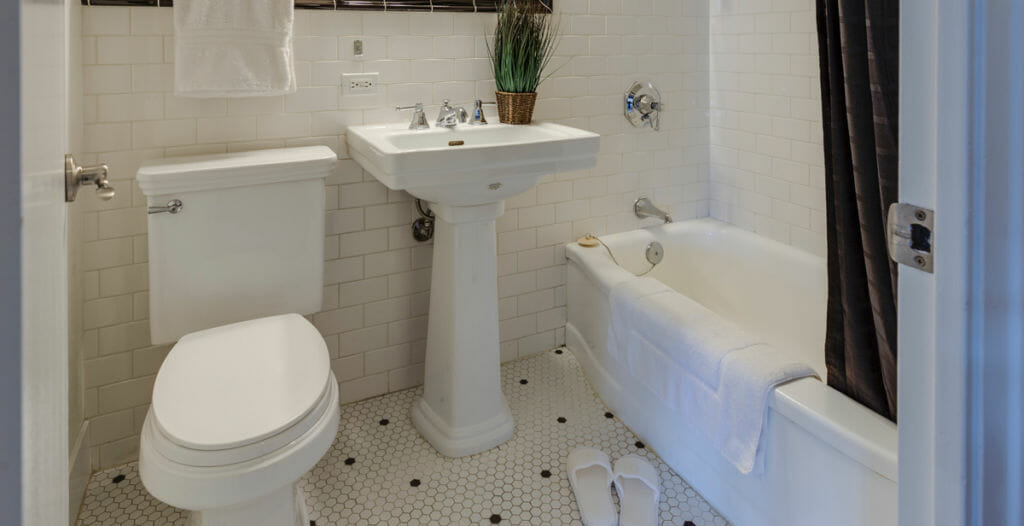
According to consumernotice.org, drowning is the leading cause of accidental death among children ages 1 to 4. While most child drownings and near-drownings take place in baths and swimming pools, young children can drown in less than two inches of water.
Yes, drowning can occur in places you’d least expect, including buckets, toilets, sinks, and ditches filled with rainwater. Even your pet’s water dish can pose a potential risk. And because toddlers have heads that are heavy compared to the rest of their body, they may not have enough strength to pull themselves out of a bucket or toilet.Always supervise children around water. Keep the bathroom doors closed, toilet seat lid down and install a child safety latch to stop your child from opening the toilet lid and falling in. Don’t leave standing water in the bathtub, and always keep the pool gate securely closed when not in use. See more hidden water hazards and tips here »
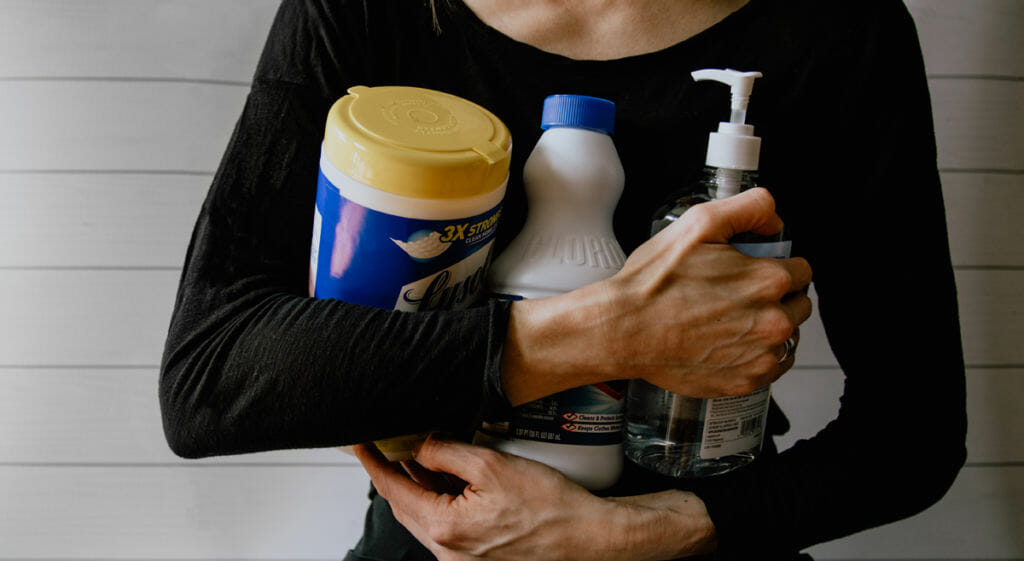
#4 – Prevent Accidental Poisoning
Accidental poisoning can be caused by ingesting household cleaners, medications, and even everyday household items like mouthwash. Ensure you keep cleaning products and chemicals away from children by installing safety latches on cabinets and drawers containing these items. Many products, including bleach, mouthwash, and medicines, have child-proof lids. Always keep these products in containers with this type of closure and close and store them properly. Some house cleaning chemicals can pose a risk even if not ingested—bleach and harsh cleaners on your child’s sensitive skin can lead to rashes, reactions, and chemical burns.
Common Household Poisons
- Laundry detergent pods, powders, liquids
- Dishwasher pods, powders, liquids
- Food extracts, such as vanilla and almond
- Ammonia-based cleaners
- Bleach products
- Stain removers and ironing aids
- Medications
- Mouthwash, perfume, and aftershave
- Soaps, body wash, shampoos, and conditioners
- Hair dyes and hairsprays
- Nail polish and remover
- Drain openers and toilet bowl cleaner
- Matches
- Rat and insect poisons
- Automotive products
- Gardening products (weed killers and fertilizers)
- Glues, Paints, and Turpentine
- Gasoline
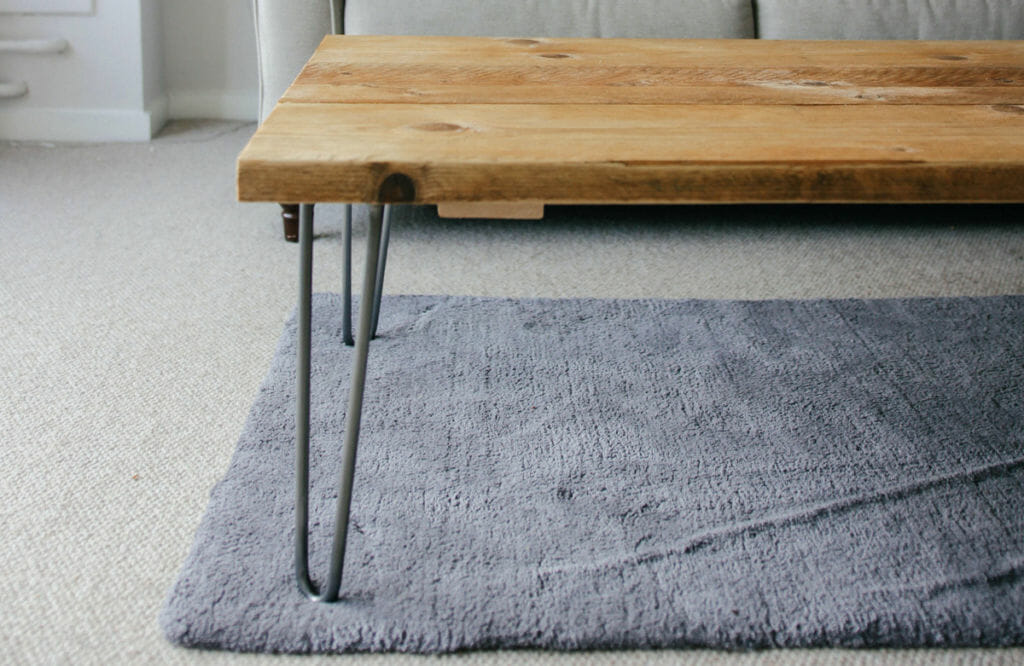
#5 – Stop Tipovers, Tumbles, Bumps & Bruises
Furniture that are top-heavy like TV media stands, bookcases, tall chairs, and even stoves can tip over and crush small children, especially during unsupervised climbing. Secure them to walls and floors with furniture anchors and brackets or consider removing these items. Ensure that televisions are secure even if they’re out of reach—children may try to climb up entertainment centers to get nearer to the screen, and the wobbling of the furniture can cause the TV to fall onto the child.
Install child-proof safety gates at the top and foot of all staircases, and always supervise young children learning to use stairs. Identify head-height corners and sharp edges in your home. Coffee table corners, brick or stone fireplace hearths, and shorter furniture corners and rims should be padded to ensure your child doesn’t hit their head or face on these hard surfaces.
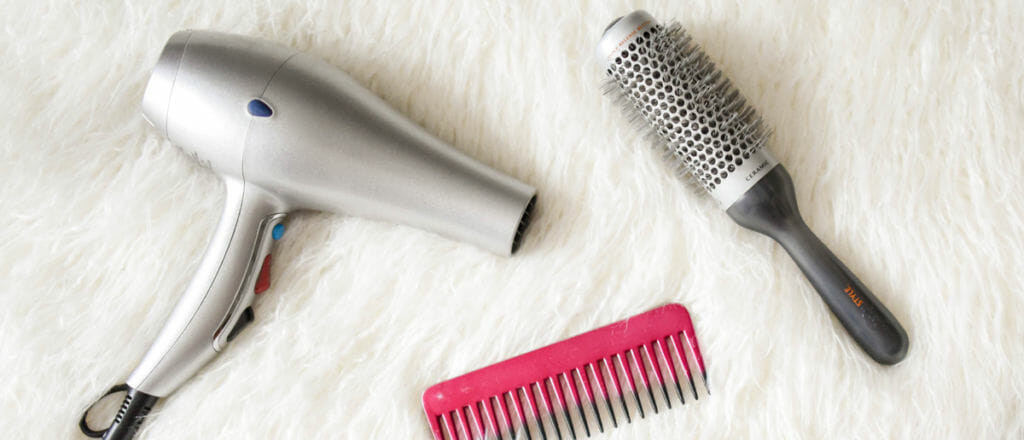
#6 – Eliminate Electrical Shocks & Appliance Burns
Reduce the risk of burns by being aware of all the appliances in your home that can generate heat and keeping them safely out of your child’s reach. Make sure that cords are adequately secured away from kids, too—an exploring child can use cables to pull an otherwise out-of-reach appliance on top of themselves, causing burns and injuries. Exposed cords can also pose a strangulation risk. Look out for:
- Heat styling tools like hairdryers, flat irons, and curling irons
- Clothes irons and steamers
- Electric space heaters
- Kitchen appliances like electric kettles and coffee machines
- Craft and project tools like hot glue guns, soldering irons, and torches
- Matches and lighters
- Computer and electronic device cables
- Lamps and light fixtures
Protect small, curious fingers from the danger of electrical shock by installing child-proof outlet covers on all empty electrical outlets. Store unused power strips behind a locked cabinet door or out of reach.

#7 – Take the Worry Out of Windows
There are two critical types of window safety you need to know: window falls and window cords. Please keep your child safe around windows by making sure they can’t open, close, or fall out of windows. Open windows that can close quickly can crush fingers, leading to painful bruises and broken bones. Windows that are easy to open or are left open can lead to kids opening and falling out of windows. Move all cribs, beds, furniture, and toys away from windows, keep accessible windows locked when not in use, and consider investing in window guard. These days, you don’t need to settle for window guards and bars that are ordinary, rather you can get a stylish designer look to match your decor and taste.
Strangulation deaths and injuries can occur anywhere in the house where a window covering with a cord is installed. Children can wrap window treatment cords around their necks or pull cables that are not visible but are accessible and entangled in the loops. These incidents happen quickly and silently. The U.S. Consumer Product Safety Commission, the window covering industry including the Window Covering Safety Council, and consumer safety advocates agree that families with young children should only use cordless window coverings or those with inaccessible cords.
Learn more about baby safe window coverings including window blinds, and screens here »
» » For the month of October, 3 Blind Mice is partnering with Graber on a special Free Cordless Lift Upgrade on gorgeous Graber cellular, pleated, natural, roller, solar, Fresco Roman, and select fabric shades.
Stay Safe
No safety or childproofing list can cover every possible hazard or scenario, and there’s no replacement for supervising and teaching your children about home safety. Our ultimate checklist should give you a good idea of the type of hazard and danger you can anticipate and prevent in your home.
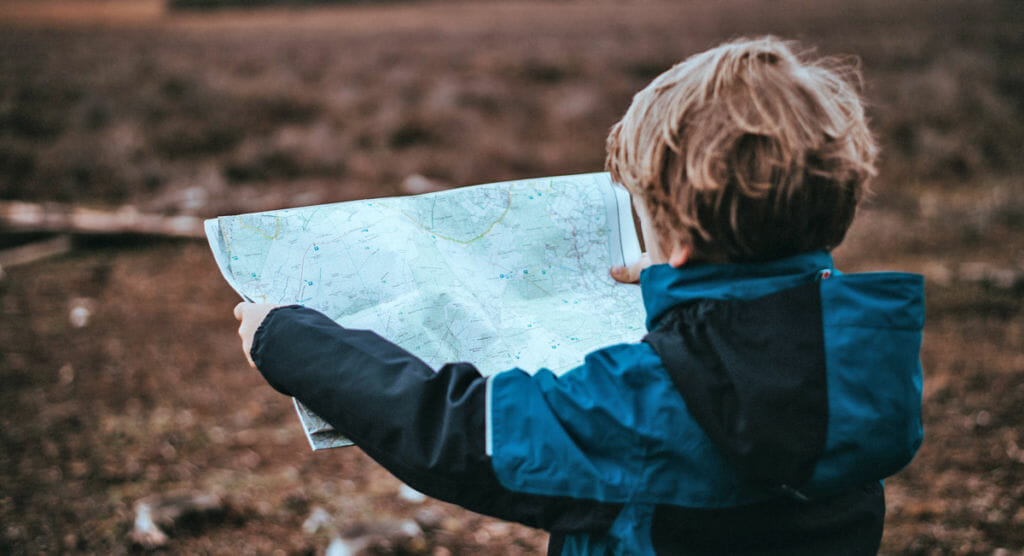
BONUS: 6 Safety Rules to Follow In & Out Of The Home
What are some safety rules you can teach your children to keep them safe even when you’re not around?
- Know Your Name, Phone Number & Home Address When they’re old enough, having basic identifying and contact information can help your child find their way home safely or share your contact information in case of an emergency. Teach kids not to share this information unless it’s an emergency.
- Trust Your Gut Children; even young kids, will get a gut feeling if something isn’t right. Teach your kids to understand this feeling and listen to it. Let them know that they don’t have to be friendly or polite if someone makes them uncomfortable. They can say no, or run away and find a trusted adult to get help.
- Be Aware of Stranger Danger There are many instances where kids will need to talk to and interact with strangers, but children should be taught to never go anywhere with a stranger for any reason, no matter what they say. A stranger may lie, saying that parents sent them. Families can set up secret passwords so that the child knows only to go anywhere with someone who has the family password. Children should not ever accept or eat food or treats from strangers.
- No Adult Should Ask Them To Keep Secrets Kids should understand that adults should not be asking them to keep secrets. Let your children know that you won’t be mad at them if they come to you to tell you about something like this. Keep the lines of communication open.
- If You Get Lost, Stay Where You Are Ask a trusted adult, like a mom with kids, for help—but don’t wander off. It’s much harder for a parent to find a child who keeps moving! Kids get lost commonly in supermarkets. You can teach your child how to find the help desk at your local stores if they get separated from you.
- Know How & When to Call 911 Children may already know that they can call 911 if they need help, but make sure they understand what constitutes an emergency. A family member who is choking or a fire in the home is an emergency while needing help with homework is not.
List adapted from Mom Junction and Huffpost.
How do I child proof my living room?
Why is it important to childproof your home?
How can I make my baby’s room safe?
